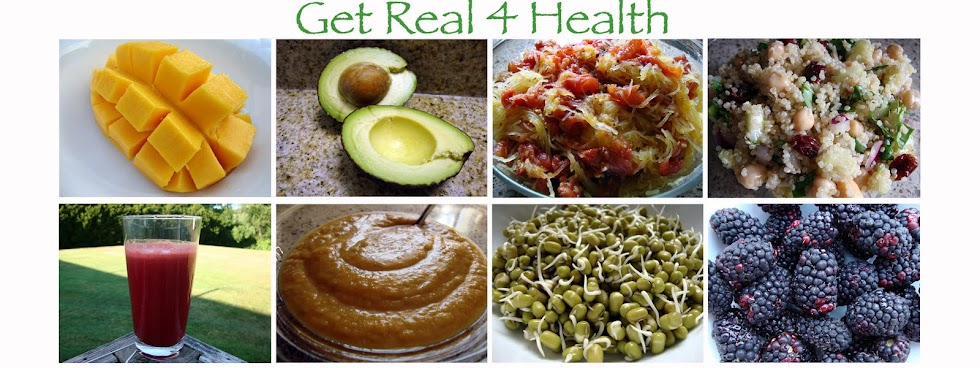
I’ve written before about the benefits of adding probiotics to the diet in the form of cultured dairy products and fermented foods like miso and tempeh. This time of year, especially, it’s important to keep the immune system in top condition to ward off colds, the flu and the myriad of infections that can arise during the cool, dry winter months. Probiotics are an effective way to do just that.
One method I’ve been using to add more probiotics into my diet is culturing vegetables. This time of year, in particular, I believe they’re a great idea because we often skimp on the veggies we consume during the cold months and opt for heavier, cooked foods. This is fine and even preferable for me too because my body naturally wants warmer, heartier meals right now. It’s helpful, though, to balance the diet out a bit with some raw food and the root veggies and heartier winter crops are the perfect varieties for fermenting.
There is also a significant benefit to fermenting vegetables of the Brassica family, including kale, cabbage, brussel sprouts, cauliflower, broccoli, etc. In their raw state, these vegetables have thyroid-suppressing activities because they can interfere with the uptake of iodine by the thyroid. However, fermented vegetables lose this property while still remaining raw. They are also alkaline in nature and therefore detoxifying and a great alternative for people who stay away from dairy products.
It’s easy and inexpensive to make your own cultured vegetables. Here’s what you need (adapted from BodyEcology.com):
- A sealable glass container, one to two quart
- A large bowl
- a cutting board and sharp knife
- blender and/or food processor
- mixture of veggies: cabbages, carrots, cauliflower, sea vegetables,
- fresh herbs, garlic, ginger, seeds like fennel or caraway, pepper, etc.
1. Wash well and chop finely or shred/process a mixture of vegetables of your choice.
2. Mix together in a large bowl. In the blender, add a couple of cups of the mixture and enough water to blend into a thick liquid.
3. Add the liquid slurry to the bowl of veggies and mix well.
4. Pack the vegetables into your glass container, leaving an inch or two at the top.
5. Stuff a couple of rolled-up cabbage leaves at the top of the container and seal the container.
6. Leave undisturbed in a warm place (~70°F) for ~3 - 7 days (Although, I do invert the jar once per day to redistribute the liquid that naturally settles to the bottom. Is this interfering with the fermentation process? I don't know for sure, but my veggies are usually ready within 7 days). Check the taste. They should taste vinegar-y. When they reach the desired flavor, refrigerate to slow the fermentation process.
7. Eat as a side with your meals, in salads, sandwiches or wraps, or as a topping to other foods. They should be eaten raw, though, the preserve the beneficial enzymes and bacteria. Enjoy!

Wow! I have made Sauerkraut before, but never seen the advice to mix in a blended slurry of part of the veggies - but can see it making sense. So you don't even need to add salt this way, great. You can probably add a little unrefined salt if you want for taste anyway?
ReplyDeleteThanks for the idea! We just ordered a Vitamix as a (big) birthday present for me, will use it for this too :-)
Aletta
Ok, apoligies for just seeing your comment Aletta! The liquid helps to distribute the culture. You're right, I never add salt but you could of course if you wanted. Congratulations on your Vitamix! I hope you're enjoying it!
ReplyDelete